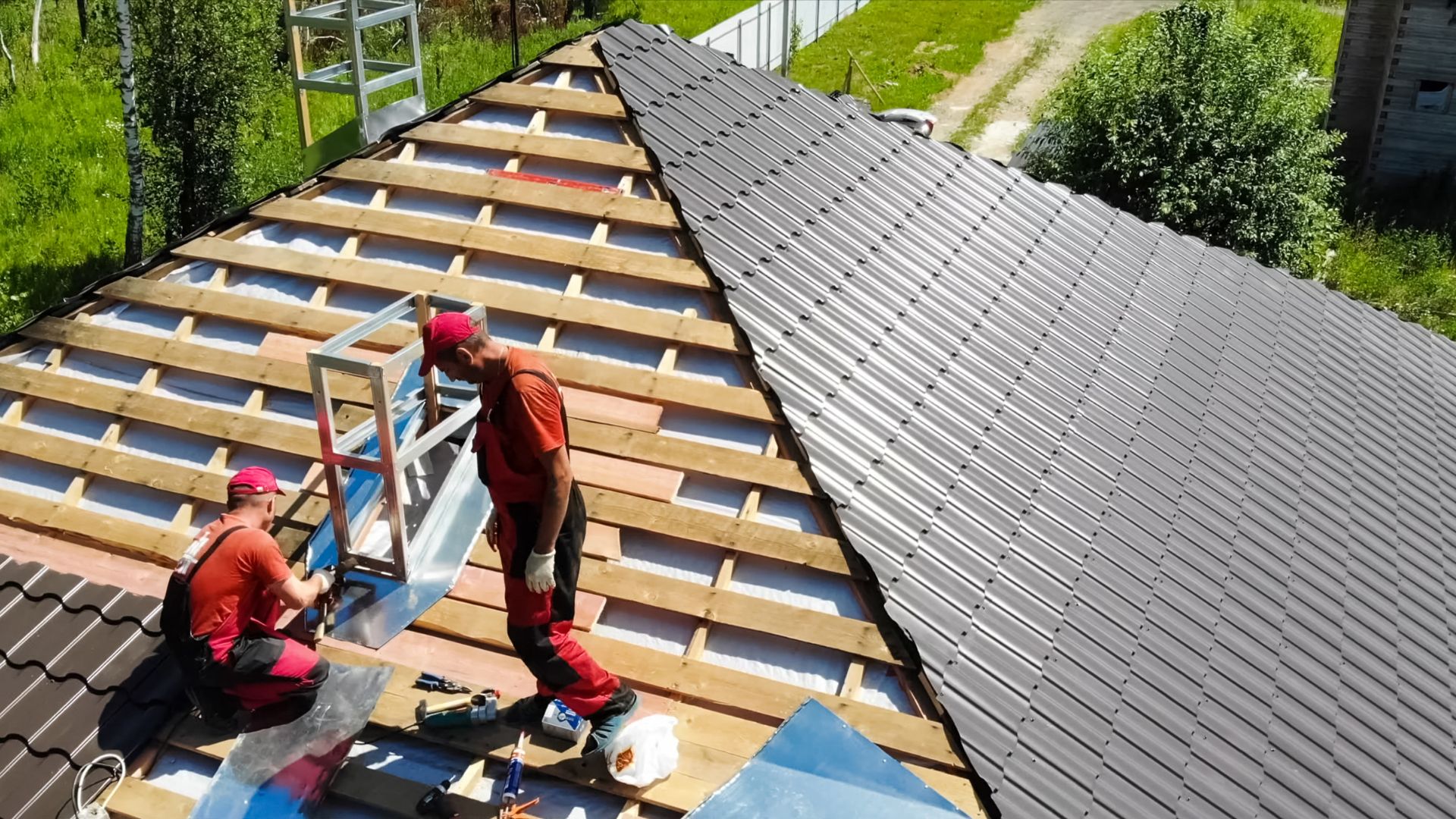How to Choose the Right Roofing Material for Your Home
Choosing the right roofing material for your home is a critical decision that impacts not only the aesthetic appeal of your house but also its durability, energy efficiency, and overall value. Here’s a guide to help you make an informed choice based on various factors such as climate, budget, and architectural style.
1. Assess Your Climate
Hot and Sunny Climates: In areas with intense heat and prolonged sunlight, materials like clay tiles, concrete tiles, and metal roofs are ideal as they reflect sunlight and provide excellent insulation, helping to keep your home cool.
Cold and Snowy Climates: For regions with harsh winters, materials that can withstand heavy snow and ice are essential. Asphalt shingles, slate, and metal roofs are durable options that can handle freezing temperatures and snow accumulation.
Humid and Rainy Climates: In humid or rainy areas, it’s important to choose materials that resist mold, mildew, and moisture damage. Metal roofs, slate, and asphalt shingles with algae-resistant properties are suitable choices.
2. Consider Your Budget
Cost-Effective Options: Asphalt shingles are one of the most affordable roofing materials and offer good durability and a variety of styles. They are an excellent choice for budget-conscious homeowners.
Mid-Range Options: Wood shingles and shakes, metal roofing, and concrete tiles fall into the mid-range category in terms of cost. They offer a balance between price, durability, and aesthetic appeal.
Premium Options: Slate, clay tiles, and high-end metal roofs (such as copper) are more expensive but provide superior durability, longevity, and a unique look. These materials are often considered investments due to their long lifespan.
3. Match Your Home’s Architectural Style
Traditional Homes: For traditional or historic homes, materials like wood shingles, slate, or clay tiles can enhance the architectural integrity and classic appeal of the house.
Modern Homes: Contemporary designs often benefit from the sleek look of metal roofs or the clean lines of concrete tiles. These materials complement modern aesthetics and provide a minimalist, stylish appearance.
Rural and Rustic Homes: Homes with a rustic charm, such as cabins or cottages, look great with wood shakes or shingles, which blend seamlessly with natural surroundings.
4. Evaluate Durability and Maintenance
Low Maintenance: Metal roofs and asphalt shingles require minimal maintenance and are resistant to common issues like cracking, warping, and algae growth.
High Durability: Slate and clay tiles are exceptionally durable, often lasting over a century with proper care. They are resistant to fire, insects, and rot but may require more maintenance and professional installation.
Moderate Maintenance: Wood shingles and shakes require regular maintenance to protect against moisture, insects, and UV damage. They may need periodic treatments and inspections to ensure longevity.
5. Energy Efficiency and Sustainability
Reflective Materials: Metal roofs and cool roofing shingles are designed to reflect more sunlight and absorb less heat, which can reduce cooling costs and improve energy efficiency.
Eco-Friendly Options: Consider sustainable materials like recycled metal roofing, green roofs (living roofs), or solar shingles, which contribute to environmental conservation and can provide long-term energy savings.
6. Check Local Building Codes and HOA Regulations
Before making a final decision, it’s important to check local building codes and any homeowner association (HOA) regulations that may dictate specific roofing materials or styles. Compliance with these rules is crucial to avoid potential fines or the need for costly replacements.
7. Get Professional Advice
Consulting with a professional roofing contractor can provide valuable insights tailored to your specific needs and circumstances. A professional can assess your home, recommend suitable materials, and ensure proper installation for optimal performance and longevity.
Conclusion
Choosing the right roofing material involves careful consideration of various factors, including climate, budget, architectural style, durability, and energy efficiency. By evaluating these aspects and seeking professional guidance, you can select a roofing material that enhances your home’s appearance, protects it from the elements, and provides lasting value.


